What is squint in children?
Strabismus is a medical term for cross eye or squint. Normally, our eyes look at things together. We refer to this as binocularity.
Strabismus refers to the misalignment of the eyes, causing one to appear different from the other. The eye can be deviated inward, outward, upward, or downward.
About 2 to 3 percent of the general population suffers from strabismus.
WHY IS BINOCULAR VISION IMPORTANT?
Due to binocularity, our eyes work together to see the same object. But each eye sees it in a slightly different way and from a slightly different angle. This is important as the brain fuses the two images and gives them a 3-D effect. This is called stereopsis or depth perception.
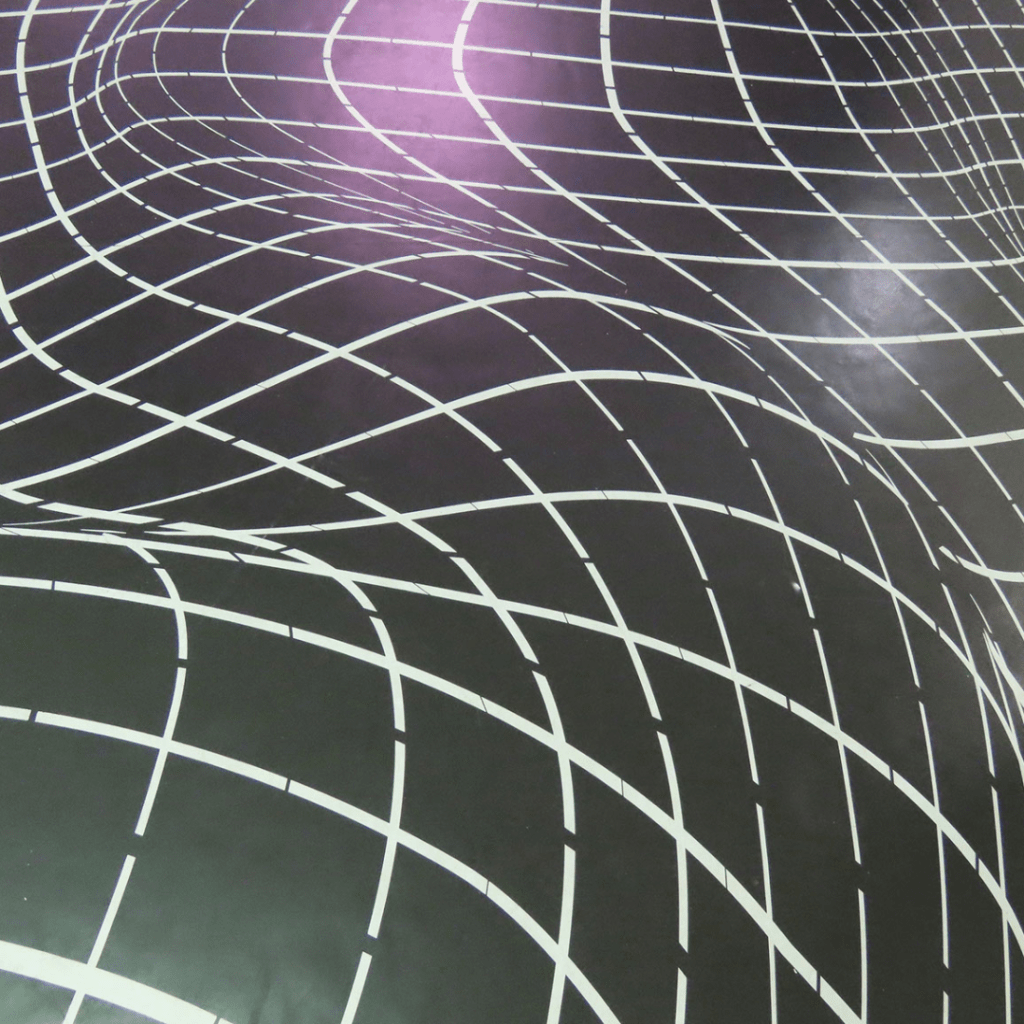
The eyes and brain work closely to form vision. Visual information from the eye is transmitted to the brain through a visual pathway. It takes 7-8 years for this visual pathway, or the transmission of visual information from the eye to the visual cortex in the brain, to fully develop.
Lazy eye occurs when there is obstruction in the normal neurodevelpmental process of the eye. It might result from untreated refractive error, squinting, or childhood cataracts. This leads to poor binocularity and stereopsis.
Therefore, it’s critical to detect and treat amblyopia before the visual pathway has matured, or before the age of seven.
What causes strabismus in children?
There are many types of strabismus. There may not be a specific cause of strabismus in some kids, known as idiopathic. Some typical reasons for squinting include:
According to a study, children with comitant squint—equal eye deviation in all gazes—have hypermetropia more frequently than other refractive errors.
- Eye muscle conditions:
Squinting occurs in children with Brown’s syndrome and Duane’s retraction syndrome because their eye movements are affected.
- Paralysis of nerves:
Six extraocular muscles control eye movements. Three nerves innervate these muscles. They are cranial nerves 3, 4, and 6. When one of these nerves becomes paralyzed, the muscle it innervates ceases to function, causing the eye to drift. This causes the image to drift away from the macula or retina’s center, resulting in double vision.
What Are the Common Types of Strabismus in Children?
CONGENITAL ESOTROPIA:
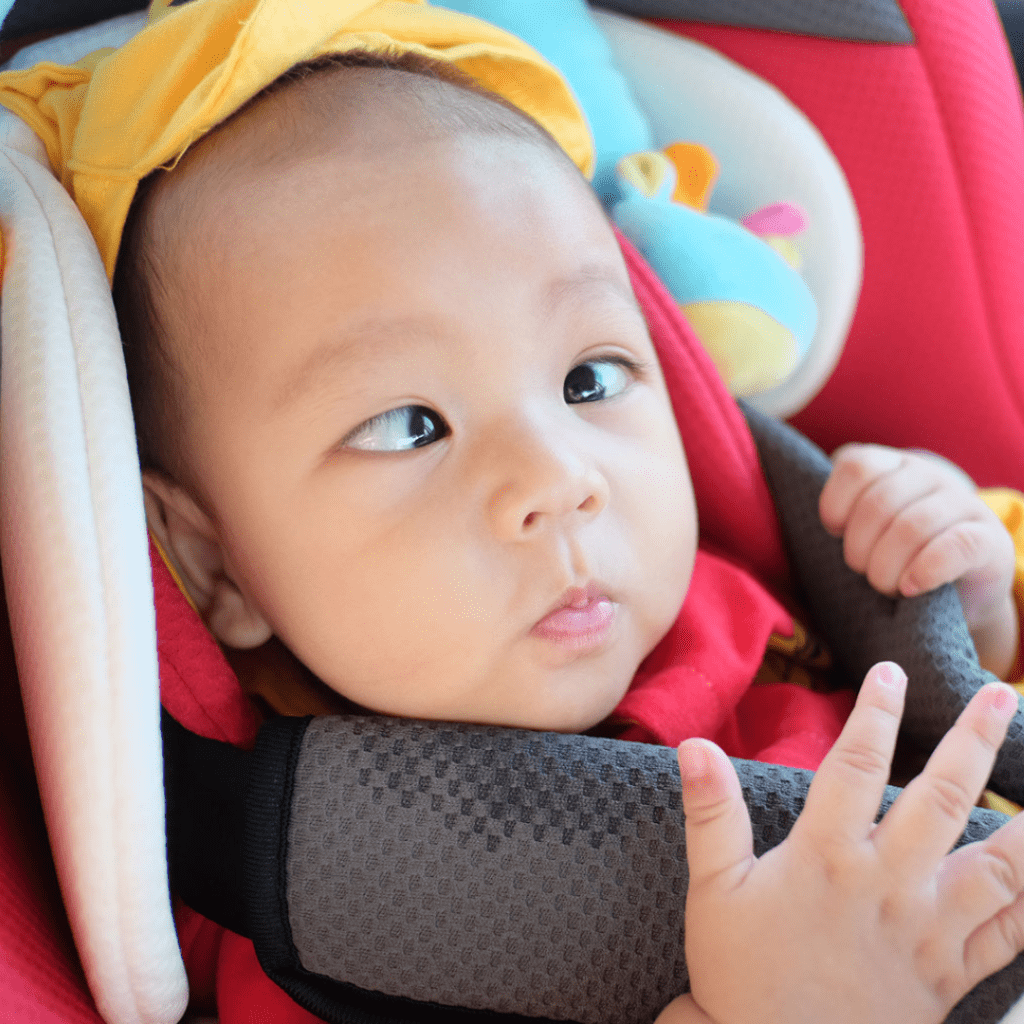
This type of squint, in which one eye turns inward, typically appears within the first six months of life. Children with long-sightedness or hypermetropia may exhibit this type of squint.
Babies typically exhibit some misalignment before the age of three months because that is when they begin to learn to see. They should develop binocularity by the time they are 3 to 6 months old. It is best to consult a pediatric ophthalmologist if alignment issues persist after six months of age.
ACCOMODATIVE ESOTROPIA:
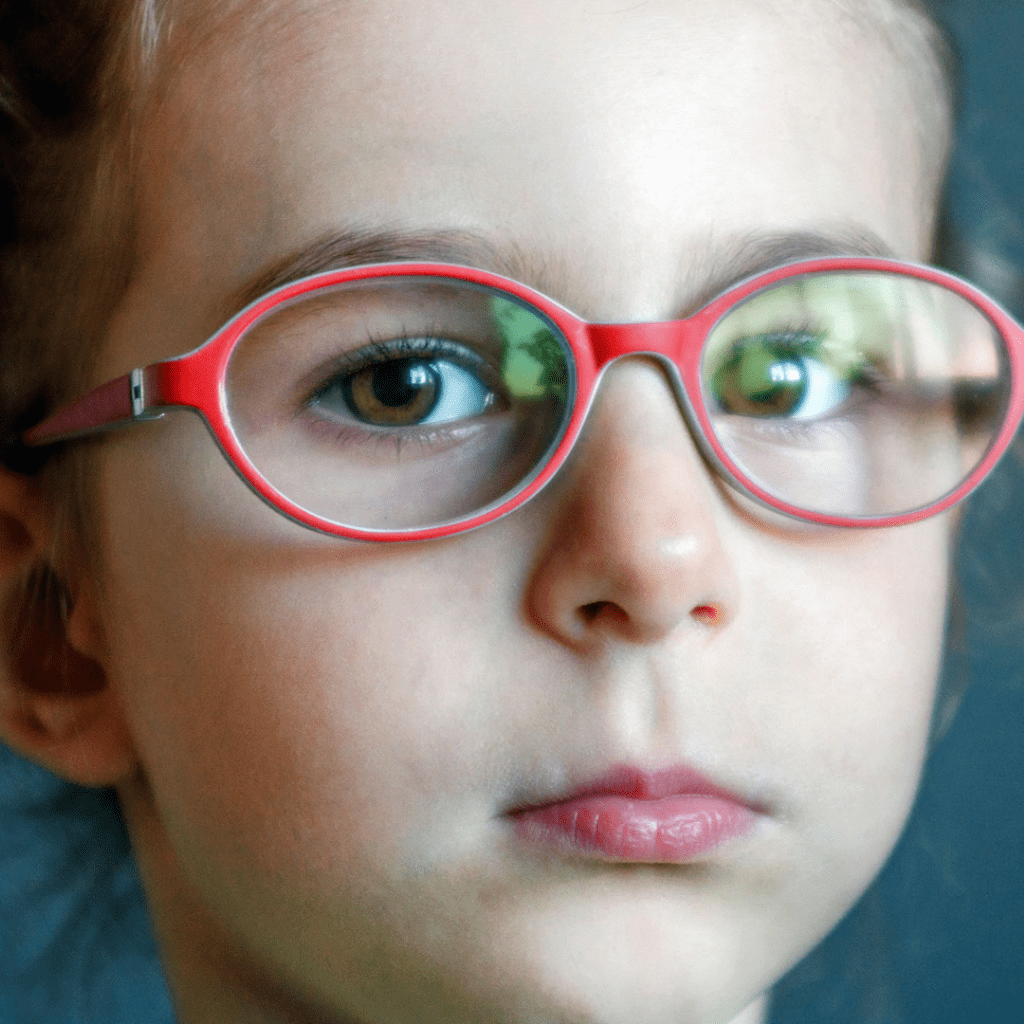
Accomodation refers to the ability of eyes to naturally converge or turn inwards whenever we focus on something up close. Children’s eyes have a strong focusing ability that enables them to make both distant and close objects clearly visible.
If a child has long-sightedness or hypermetropia, their eyes will need to focus more intently to see clearly, especially up close. This could lead to their eyes turning inward too much and lead to the development of a convergent squint (esotropia).
Intermittent exotropia:
The most prevalent form of exotropia, intermittent exotropia, typically begins between infancy and age 7 years. This condition causes one eye to occasionally drift outwards while the other eye remains straight.

Parents frequently observe that a child’s eye turns out when they are sleepy, daydreaming, or exposed to direct sunlight. When a child is outdoors in direct sunlight, they might also rub or close one eye.
Intermittent exotropia may have few or no symptoms. However, in some individuals, it might increase in frequency over time or develop to the point where they exhibit significant symptoms such as eyestrain, double vision and constant squinting.
How can a strabismus affect vision?
When a child has strabismus, each eye looks in a different direction and the brain receives information from the eyes differently. The two images are so dissimilar that it is challenging for their brain to combine them into a single, distinct image.
Thus, squinting can lead to blurred images in the brain, and over time, the brain prefers the better eye over the squinted eye’s blurry image. The squinted eye eventually develops a lazy eye as a result.
EXAMINATION OF A SQUINT CASE
As soon as you notice an alignment issue with your child’s eyes, you should have a paediatric ophthalmologist examine them. Before the evaluation begins, the history is taken. The doctor may ask the parents a few questions, such as:
- When was the squint first noticed?
- Which eye appears to be affected? It could be either the left or the right eye, or it could be alternating, with the squint shifting from one eye to the other.
- When it is visible: intermittent if it comes and goes, and constant if it is always visible.
- Is it only visible when a child is concentrating
- How the eye deviates? Inwards, outwards, up or down
In pseudostrabismus, the eyes of the baby look crossed but they are actually perfectly aligned. The following factors may contribute to this:
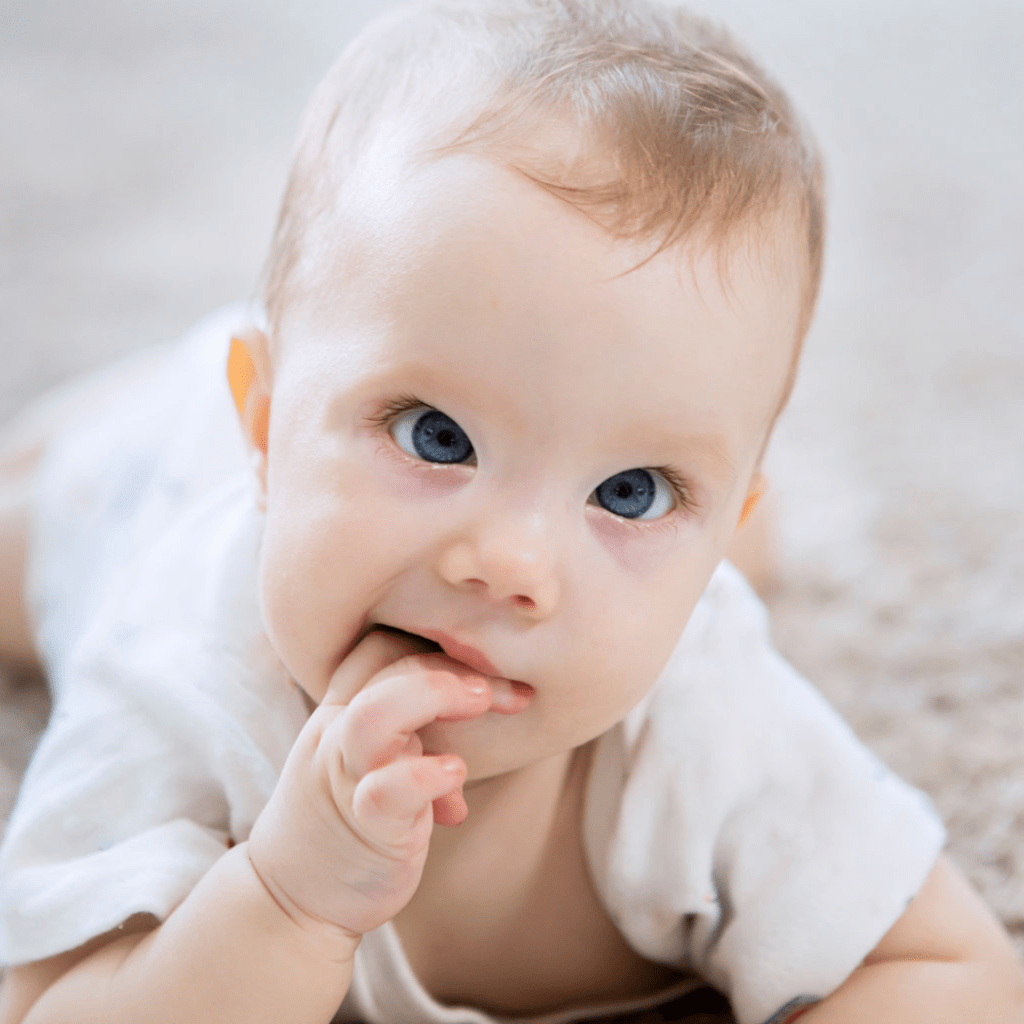
- Wide nasal bridge
- Epicanthal skin folds
As the child grows the nasal bridge, this kind of false squint vanishes.
During the examination, which includes the light reflex test, cover-uncover test, and other tests, the doctor will determine whether the child has a true squint or a pseudosquint (false squint), latent or manifest squint.
The doctor determines the type of squint based on the direction of deviation to determine if the true squint is: .
- Esotropia (Inwards)
- Exotropia (Outwards)
- Hypertropia (Up)
- Hypotropia (Down)
Visual acuity:
If the child is older, the healthcare provider will ask the child to name or match letters, pictures, or shapes in order to determine how well they can see.
Additionally, tests are done to check for 3D vision (stereopsis) and binocularity.
Cycloplegic refraction:
In particular, hypermetropia, the most frequent refractive error causing strabismus, necessitates cycloplegic correction to identify the true refractive error in children.
To counteract the effect of accommodation, which conceals the true degree of refractive error, the cycloplegic drops are instilled to temporarily paralyze the ciliary muscle, and then the refraction is repeated.
MEASUREMENT OF THE AMOUNT OF EYE DEVIATION
Prisms are used to calculate deviations in different gaze directions. In a comitant squint, there is an equal amount of deviation in all directions of the gaze, whereas in an incomitant squint there is a variable amount of deviation in each direction of the gaze.
What are the treatments for strabismus?
Squints require treatment to achieve the following goals:
- To correct any refractive error
- Align the eyes for binocular and 3D vision
- Normal development of neural visual processes to prevent amblyopia
Treatment must begin before the visual pathway is fully developed to be effective (before the age of 7-8). The following are some of the ways to treat squint:
- Glasses
- Orthoptic exercises
- Occlusion therapy
- Surgery
Accomodating esotropia:
Treatment recommendation for accommodating squints is the wearing of prescription glasses. After extensive testing, including cycloplegic refraction, the child with accommodating esotropia is given prescription glasses that must be worn at all times. This helps keep the squinting eye from becoming lazy or developing amblyopia.
The presence of any residual deviation after full glass prescription and amblyopia treatment can be corrected with surgery.
Infantile esotropia:
Recent research shows that very early surgery (within 6 months of age) is more effective than early (up to 24 months of age) and late surgery (after 24 months of age) for the development of stereopsis. Even with perfect alignment, delayed surgery cannot correct poor depth perception in affected children.
A study followed up with children who had congenital esotropia and were treated for it at a younger age. They found that 2 out of 3 of these children required multiple surgeries by the time they reached adulthood. The need for a second surgery is strongly correlated with two factors: a larger esotropia angle at presentation and a younger age at the first surgery. These patients need routine follow-up due to the high risk of poor stereopsis and recurrent strabismus necessitating additional surgery.
Intermittent exotropia:
If exotropia can be effectively controlled with glasses or other non-surgical measures like orthoptic exercises and amblyopia treatment, surgery may not be recommended.
Surgery is necessary when exotropia is present for the majority of the patient’s waking hours or the patient is exhibiting significant symptoms (eyestrain, double vision, squinting), or there is evidence that the patient is losing “binocular vision.”
Occlusion therapy (patching)
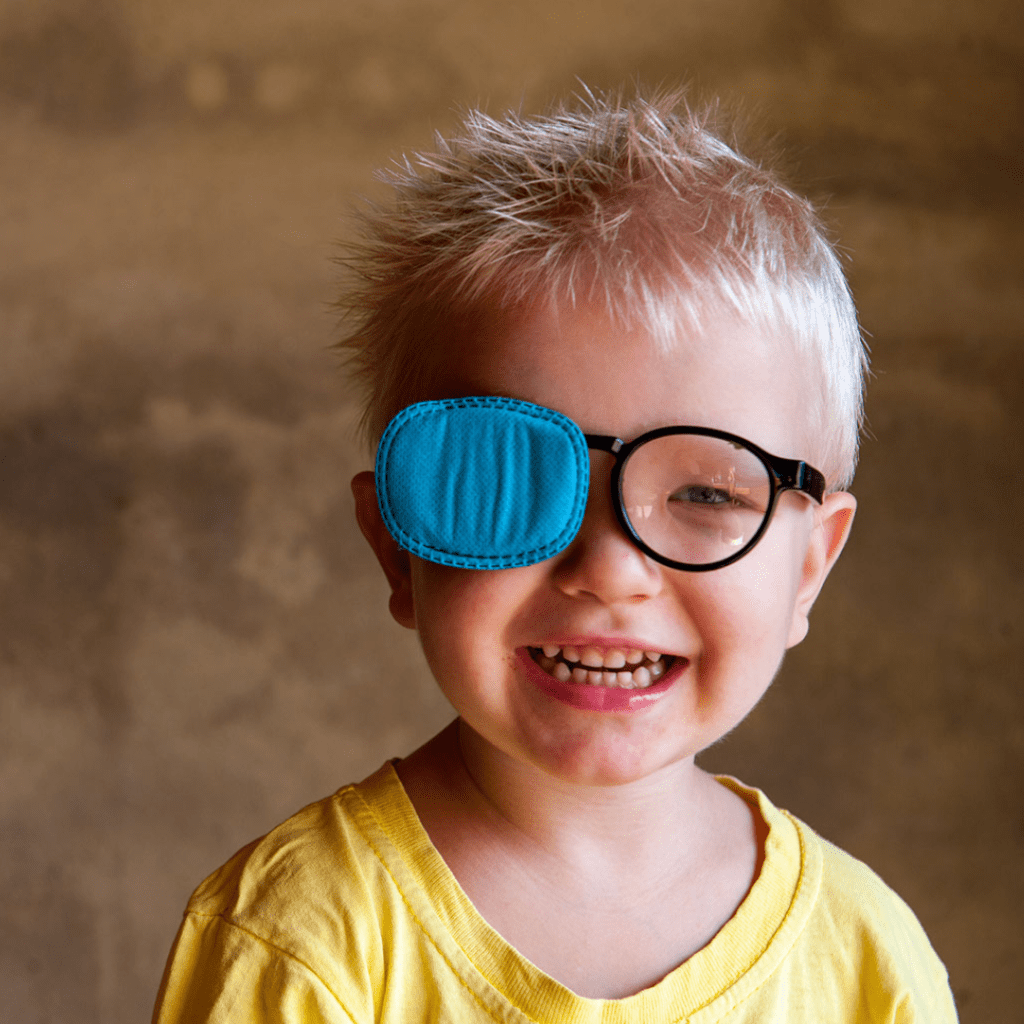
ATS (Amblyopia Treatment Study) by PEDIG recommends 2 hours of daily patching for moderate amblyopia (6/12-6/24) and 6 hours of daily patching for severe amblyopia (6/24 and worse) with follow-up for 12 weeks.
If residual amblyopia still exists at the 12-week follow-up, a two-hour patching is increased to six hours.
The major limitation of this therapy is compliance. Making a child do something, let alone wear a patch that can irritate their skin, is very difficult.
ORTHOPTIC Exercises
Eye exercises can be effective in reducing some types of squint by improving the coordination of the eyes. Usually used in conjunction with glasses and/or surgery, this type of treatment is beneficial for older kids with intermittent squint.
Quick summary:
It can be challenging to understand strabismus for parents. This is because squints can take many different forms for a variety of reasons. Studies have shown that treating squints as soon as they appear improves binocularity and depth perception compared to treating them later. So if you think your child has a squint, fix up an appointment with your eye doctor at the earliest.
